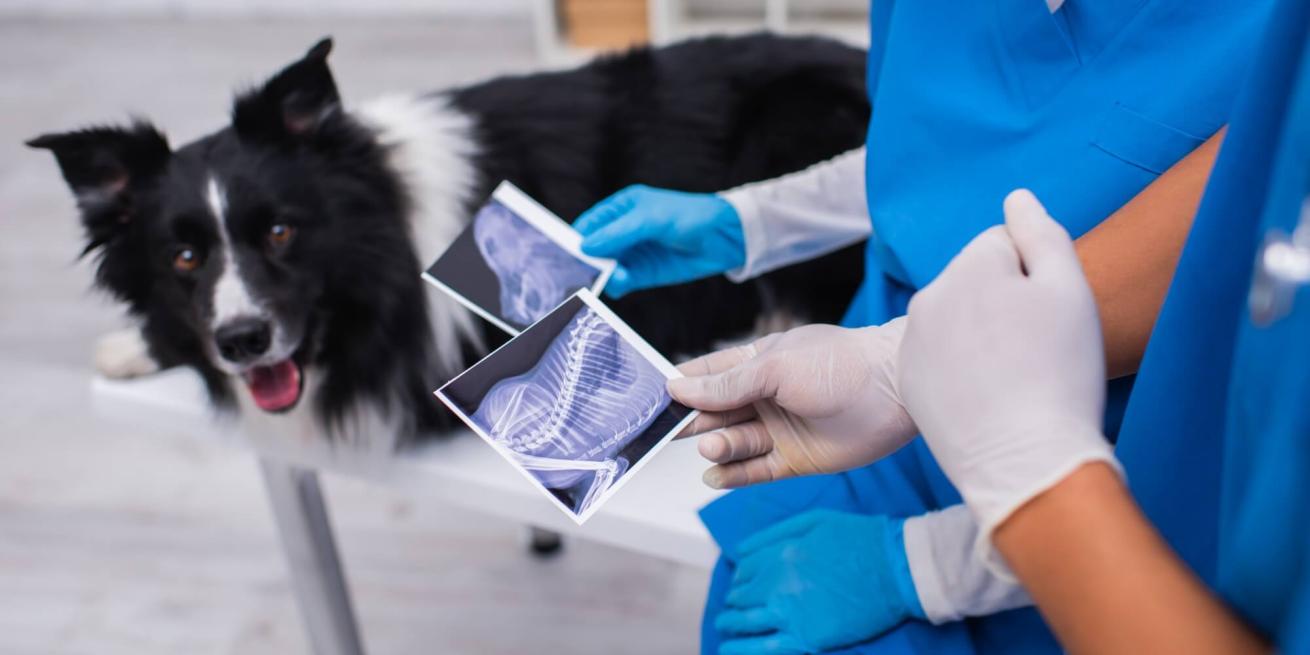
In the world of veterinary medicine, diagnostics play a crucial role in unraveling the mysteries of our furry friends’ health. Whether it’s a routine physical exam, blood work, x-rays, ultrasound, urinalysis, or other tests, each diagnostic procedure contributes valuable information. It’s not just about uncovering abnormalities- even “normal” results provide valuable insights. The key is to effectively communicate this value to our clients.
Get in the habit of saying, “I’m Glad We Did...” every time you go over diagnostic results with a client. Clients should always feel assured that their decision to undergo any diagnostic test is validated, ensuring they receive tangible value from it. From physical exams to complex laboratory analyses, the information gathered guides us in understanding the health of their pets and guides us in the next step in the workup process. This positive approach applies to both abnormal and normal results, reinforcing the idea that every test serves a purpose.
Example Scenarios
Abnormal Results
Consider a scenario where a cat presents with vomiting, anorexia, and lethargy, revealing abnormal lab results. Communicating effectively, you might say, “I’m glad we did the lab work. Of the hundreds of things that can make your cat sick, the results help us narrow down the problem to the liver. Possible explanations include cholangiohepatitis, hepatic lipidosis, cancer, and a few others. The next step is an abdominal ultrasound for a more accurate diagnosis, which will help us identify the prognosis and some treatment options.”
Contrast this with a less effective communication approach: “We did the blood work, but I still don’t know exactly what’s wrong with your cat, except there’s a problem with the liver. We need to do an ultrasound-guided aspirate of the liver to find out.”
Highlighting the “narrowed down” possibilities reinforces the value and purpose of the diagnostic test, making the client feel that they got their money’s worth.
Normal Results
In the case of a dog with vomiting and a normal X-ray study, effective communication is equally crucial. You might say, “I’m glad we did an X-ray study. The radiologist ruled out foreign bodies, a tumor, evidence of bloat, or thickened bowel. This indicates that the cause of vomiting is less likely a structural problem and more likely a metabolic one. The next step in investigating a metabolic problem is with laboratory blood work.”
Contrast this with a less effective communication approach: “We took the radiographs, and everything is normal. We still don’t know anything more than we did before. I still don’t know why Max is vomiting.”
By emphasizing the ruled-out possibilities and the next steps, you convey the value of the diagnostic test, ensuring the client understands what has been learned.
Reassuring Clients to Invest in Diagnostic Tests
Effective communication is the cornerstone of ensuring clients feel their decision to invest in diagnostic tests is justified. Whether results are abnormal or normal, we highlight the valuable information gained. This reinforces the partnership between veterinarians and pet owners. In the realm of diagnostics, every test provides an opportunity to enhance the health and well-being of our beloved pets.

Dr. Brett Bingham, DVM
In the early years of my veterinary practice, I learned the hard way that unintended bad communication can derail your best intentions. Through trial and error, I developed a communication course for myself and my veterinary team to develop confidence and success in the exam room. You can learn these powerful principles too! When great communication practices are put in place AND practiced regularly, you will see consistent growth, happier clients, and better job satisfaction.
Allow me to teach you the tools I’ve learned so that your practice can grow too.
